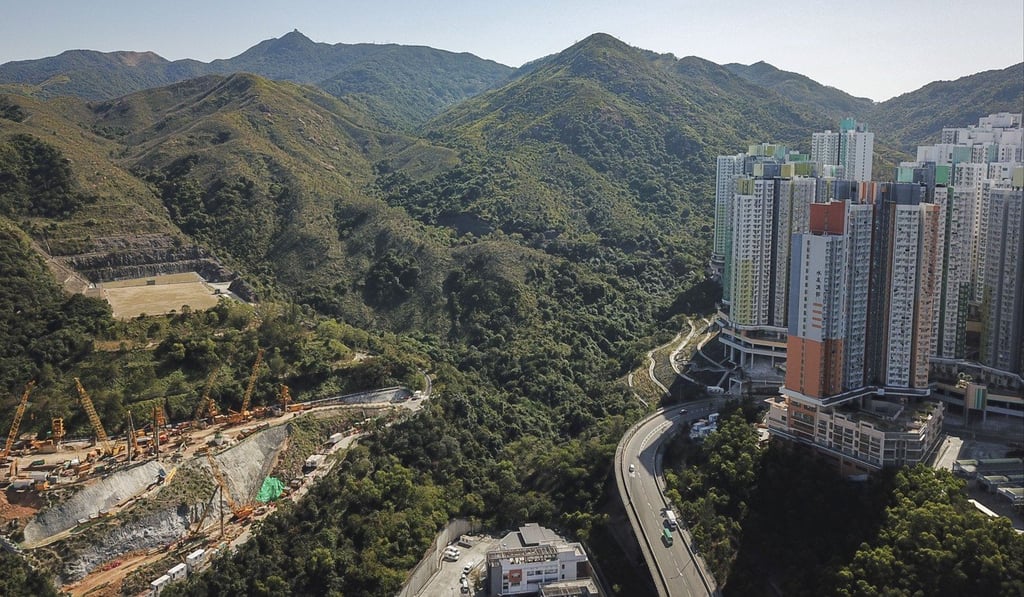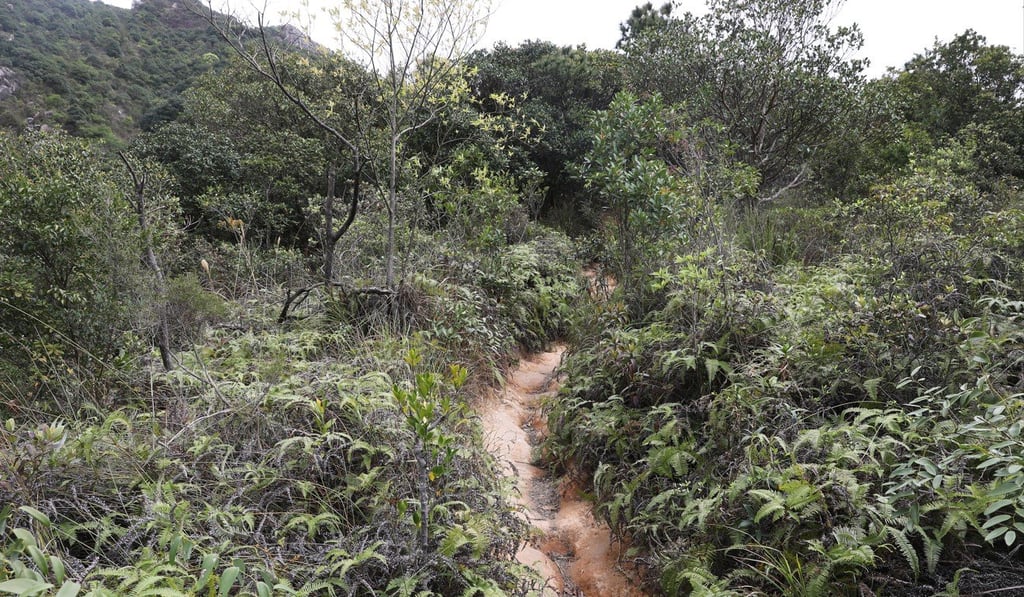How much longer will Hong Kong remain a laggard in green buildings?
The city is one the world’s least and most green cities – only a fraction of 40,000 buildings are green but over 75pc of land has been left in a relatively natural state

Hong Kong is an urban contradiction. It is simultaneously one of the least and most green cities on the globe. Only a few saplings and the occasional protected banyan tree are found amid the glass, steel and concrete towers. Yet, the city’s housing crisis can partially be explained by the fact that over 75 per cent of Hong Kong is undevelopable or protected green space. The proximity of a dense urban environment to sub-tropical wilderness is one of Hong Kong’s selling points to its residents, even as high rents have made buying a flat difficult, and pushed multinational companies out of the central business district.
Keeping Hong Kong green and sustainable is the responsibility of four government agencies: the Development Bureau, the Lands Department, the Buildings Department and the Environmental Protection Department. But the city still struggles to catch up with the rest of the world in sustainable building practices.
“Hong Kong does not seem to be all that supportive of encouraging more innovative sustainable designs,” says Gary Wong, project development senior manager for Grosvenor Asia-Pacific. “Although Hong Kong does have a practice note issued by the Buildings Department, the guidance focuses primarily on development parameter controls and the green coverage percentage. Both of these factors are more to do with generic site control considerations rather than motivating innovation.”


Unsurprisingly, the good intentions of the Hong Kong Green Building Council (HKGBC) are having little impact. Founded in 2009 to “promote the standards and developments of sustainable buildings in Hong Kong”, the non-statutory HKGBC’s BEAM Plus certification serves as more of a short cut to gross floor area (GFA) concessions (an additional 10 per cent on GFA caps) for developers than as a guide for actual green design.